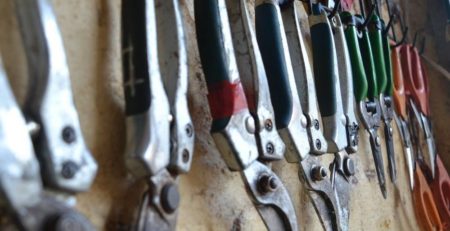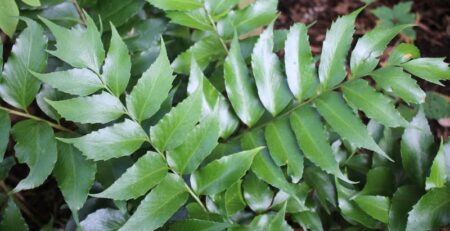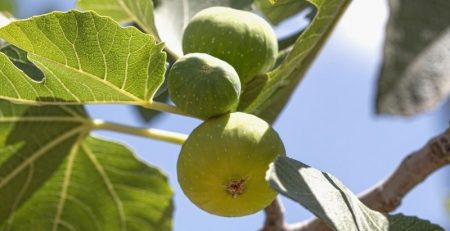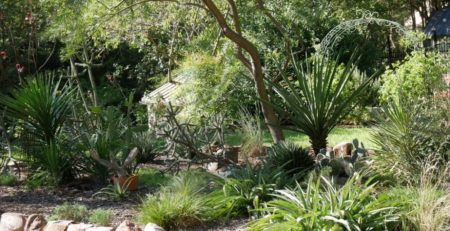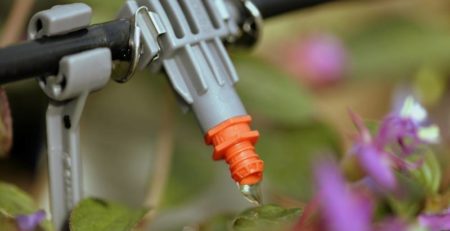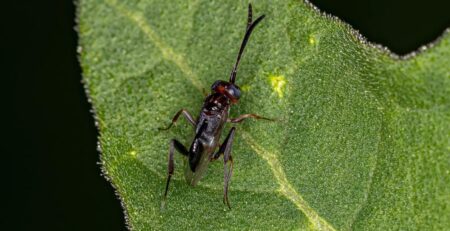How to Select the Right Japanese Maple for Your Garden
NOW IS THE TIME! Do not wait! This coming spring when you are seeing the brilliant red Japanese Maples around town you may wish you had one in your own yard. Now is the time to study the varieties, make a purchase, and get the tree planted. There are hundreds of varieties to choose from, but your basic decisions will be tall or short, weeping or upright, lace leaves or not, depending on the location where you will plant the new tree.
In North Texas most Japanese Maples prefer morning sun and afternoon shade. They are very happy planted as an understory tree or in a shady corner of the garden.
Consider buying a pair of Acer Palmatum Red Dragon trees to plant on either side of the front entrance to your home. Red Dragon has very lacy red leaves that keep their color better than any other red dissectum (lace leaf). The leaves are bright scarlet in the spring, turning a deep burgundy in the summer, and then a flaming scarlet in the fall. The tree will reach 8’ tall and 5’ wide at maturity.
For the outer front corners of the home, a taller tree with palmatum (more maple-like) leaves might be suitable. One of the more common varieties, and one that you will easily find in garden centers and frequently placed in home gardens, is A.P. Bloodgood. It has red or black-red leaves and holds its color late into summer.
Bloodgood is a strong-growing upright tree that will reach a height of 30’ after twenty years. Emperor One is a twin to Bloodgood but comes into leaf two weeks later, thus reducing damage that might be caused by a late frost. Fireglow is similar tree, but it has a more vivid red/rust color through the summer, and the mature height is 13’-16’.
NOTE: The leaves of most Japanese Maples turn a bronze green in the summer in North Texas and the joy is the reds, oranges and golds in spring and fall. Many first-time owners of these gorgeous trees think they have done something wrong when their new tree, after being gloriously red in the spring, turns a rather unimpressive dark green in the summer. Just sit back and relax and you will get another payoff in the fall.

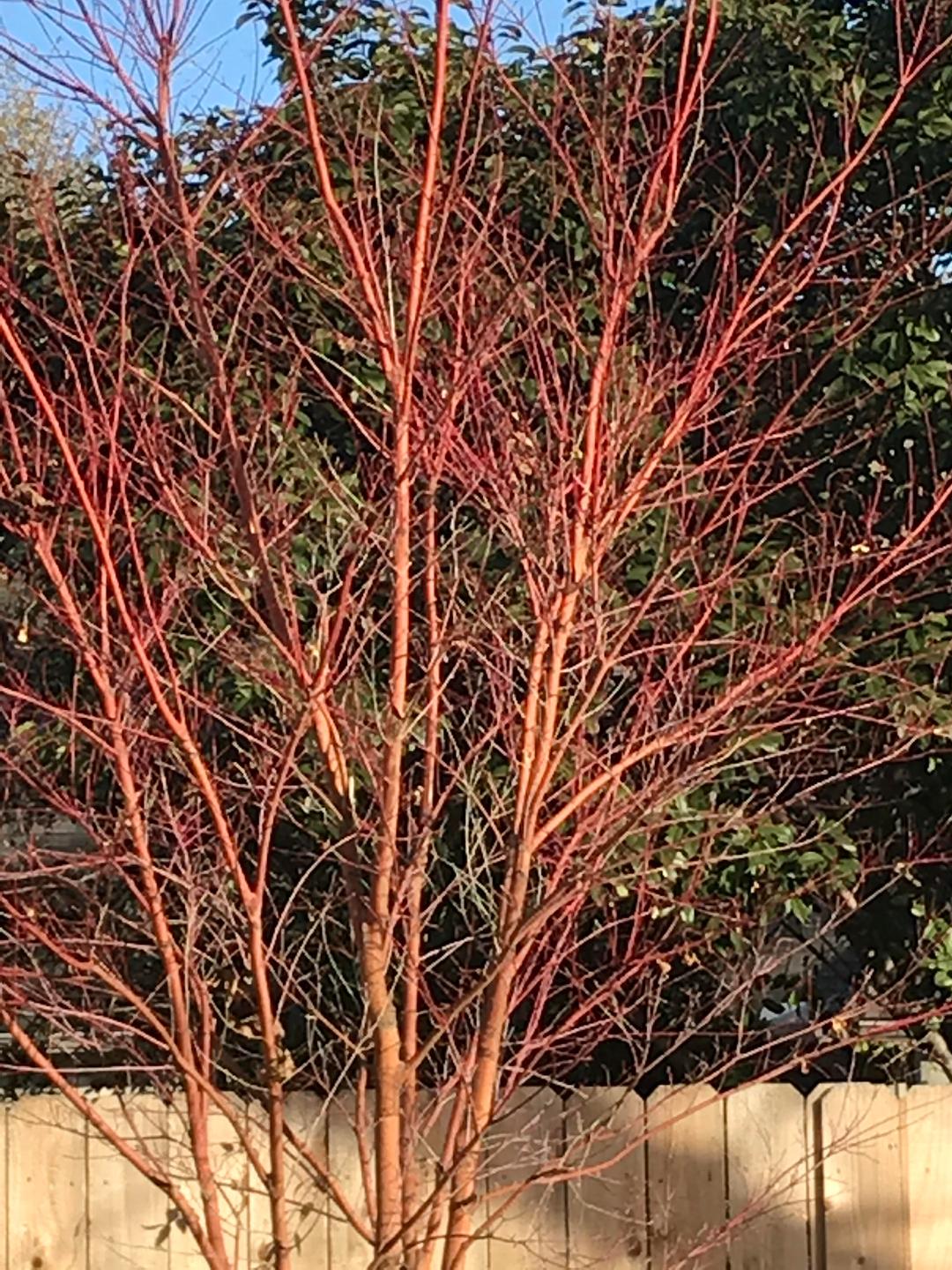
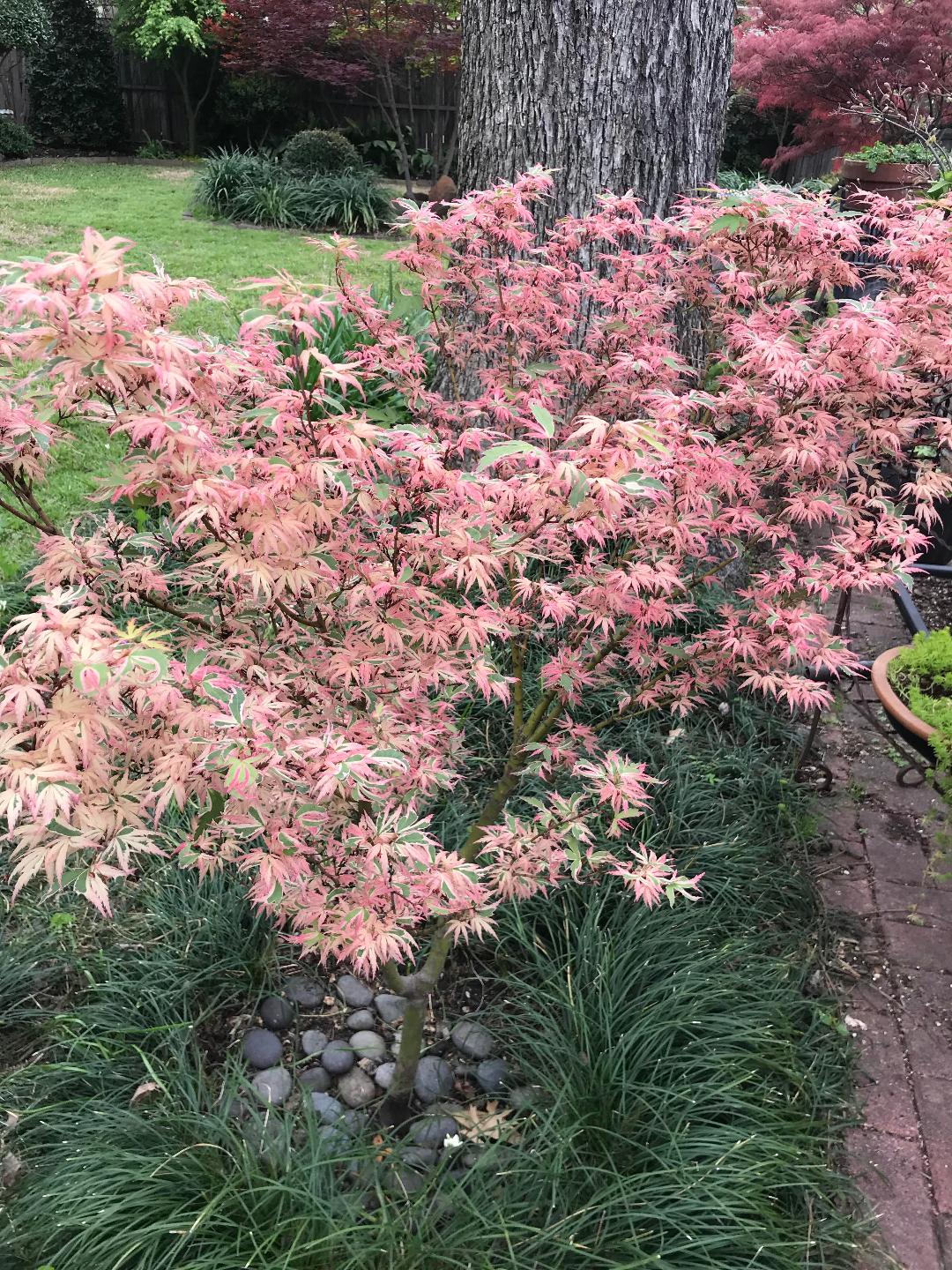
Left to right: Orangelola makes a beautiful container planting; Sango Kaku is often labeled “Coral Bark” in nurseries; The Butterfly Japanese Maple looks like a serving of cotton candy in the spring.
A Japanese Maple with bright green palmatum leaves is Sango Kaku. It is easy to find in garden centers and often labeled Coral Bark. Sango Kaku is a fairly fast-growing upright tree, to 26’ at maturity, with a nice spread to the branches. While it makes a very attractive bright green tree all summer, with yellow and gold leaves in the fall, the real treat is viewing the bark in the winter when there are no leaves at all. After temperatures drop, the trunk and limbs turn a vivid coral, sometimes almost shrimp red. This is an amazing sight to see and enjoy through the winter months.
Another variety with a similar red bark is Beni Kawa, which has slightly slower growth and only reaches about 10’ at maturity. The bark on both Sango Kaku and Beni Kawa is red only in the winter, and the rest of the year it is brown.
If you like variegation, there is Butterfly Japanese Maple with mint green and cream leaves. In this writer’s garden, the leaves are quite pink in the first several weeks of spring and from a distance the little 3’ tree looks like a serving of pink cotton candy. In the fall the white areas turn magenta. It is a Palmatum, not a laceleaf tree, and the leaves are only 1-2 inches long and wide and vary in shape. This tree is reported to grow up to 16-20 feet tall, but the more typical tree is very slow growing and only reaches 5’-7’ after fifteen years, thus making it a nice little specimen in a garden bed.
Do you have a beautiful container on the front porch or patio that needs just the right plant? Consider an Orangeola Japanese Maple, noted for its bright orange-red spring foliage. Throughout the summer the lacy leaves are a rich greenish rust, still with red tinges, and in the fall the tree is fiery orange-red.
An Orangeola makes a stunning little container tree with a weeping habit. It will be perfectly happy without repotting for several years, although it is wise to take it out of the pot every two or three years to check the roots and add some fresh soil. At maturity, it will reach 10’, but that is after twenty years. Similar selections for containers are Inaba Shidare and Baldsmith. All of these can later be transplanted to the garden.
Japanese Maples are very easy to grow and adapt well to our clay soil. Their roots are wide but not deep, and the trees can easily be transplanted in the winter if it seems there is a better location.
As an example, I planted a Shishigashira one year in a back garden bed. The following spring when the tree began to bud out, the leaves were the most magnificent little chartreuse ruffled puffs. It was immediately apparent that the tree had to be moved to a much more prominent and visible location near the entrance gate to the garden. In this case, because the tree had only been in the soil for a few months it was easily moved to the new location without a setback even though it was spring and not a choice time to move a tree.
In the Dallas area, Japanese Maples are available at most garden centers. A short 45-minute drive to the Southwest, Metro Maples in Kennedale specializes in growing Japanese Maples and their vast nursery probably contains at least a thousand trees of every size and shape. Their one-gallon containers were $25 each on a recent visit, and they carry most of the varieties mentioned in this article in almost any size the buyer could want.
There are a multitude of mail order choices, including Sooner Plant Farms in Oklahoma, Whitman Farms in Oregon, and others. If you are a Facebook user, there is a group named Japanese Maples and Conifers where daily posts mention a myriad of trees and sources. There are books by J.D. Vertrees published by Timber Press with beautiful photos and listings of well over 300 varieties.

Cindy is a Dallas County Master Gardener, class of 2013, and an avid collector of Japanese maples. Her garden is beneath tall trees, so the plants must be shade tolerant. Hers is not a flower garden, but rather a garden focusing on textures and shapes, and of course her growing collection of 35-40 Japanese Maples.


